This profoundly spiritual work testifies to the high religious craftsmanship of the late Middle Ages. The figure, dressed in a cloak falling in architectural folds, presents a face with a sober and meditative modeling, with long and hieratic features, typical of the late Gothic style. The right hand brought towards the chest could indicate a posture of intercession or silent prayer, although the gesture is not benediction. The remains of blue and red polychromy on the tunic and the cloak reveal pictorial work still readable despite the alterations of time. The back of the sculpture, although not hollowed out, shows wear and patina consistent with its antiquity, as well as an abundance of ancient xylophagous galleries, testifying to its incontestable authenticity. The whole is carved in the mass, without any added elements, and presents a homogeneous wear, in particular at the level of the edges of the mantle and the face.
Period: 15th century (circa 1450–1500)
Presumed origin: Northern France or Flanders
Material: Oak wood, carved and partially polychromed
Dimensions: Height 36 cm – Width 19 cm – Depth 12 cm
Condition: Numerous galleries of old woodworms, gaps in the polychromy, but structural integrity preserved.
Unrestored sculpture, in its condition of discovery, which contributes to its archaeological charm.
The representation of the praying person, arms folded in an attitude of piety, is ancient in Christian iconography, inherited from the early Christian catacombs and brought up to date in the Middle Ages. Here, the figure could have belonged to an altarpiece or a funerary ensemble, representing a donor or a saint in prayer. The treatment of the clothing and face evokes a desire for interiority rather than majesty. This piece is part of the late Gothic tradition, characterized by a certain naturalism and muted expressiveness. It echoes the figures preserved in museums such as the Musée des Beaux-Arts in Dijon or the Musée de Cluny in Paris. The initial palette, although largely altered, reveals deep shades of blue-grey (probably azurite) and red ochre, classics of medieval polychromy. These pigments were often linked to a symbolic interpretation: celestial blue for virtue, red for sacrifice or dignity. The initial palette, although largely altered, reveals deep shades of blue-grey (probably azurite) and red ochre, classics of medieval polychromy. These pigments were often linked to a symbolic interpretation: celestial blue for virtue, red for sacrifice or dignity.
Very careful shipping
#GothicArt #MedievalSculpture #CarvedOak #SacredArt #Prayer #15thCentury #AncientPolychromy #ArtCollection #Proantic #ArtHistory #AncientWood #SpiritualityArt


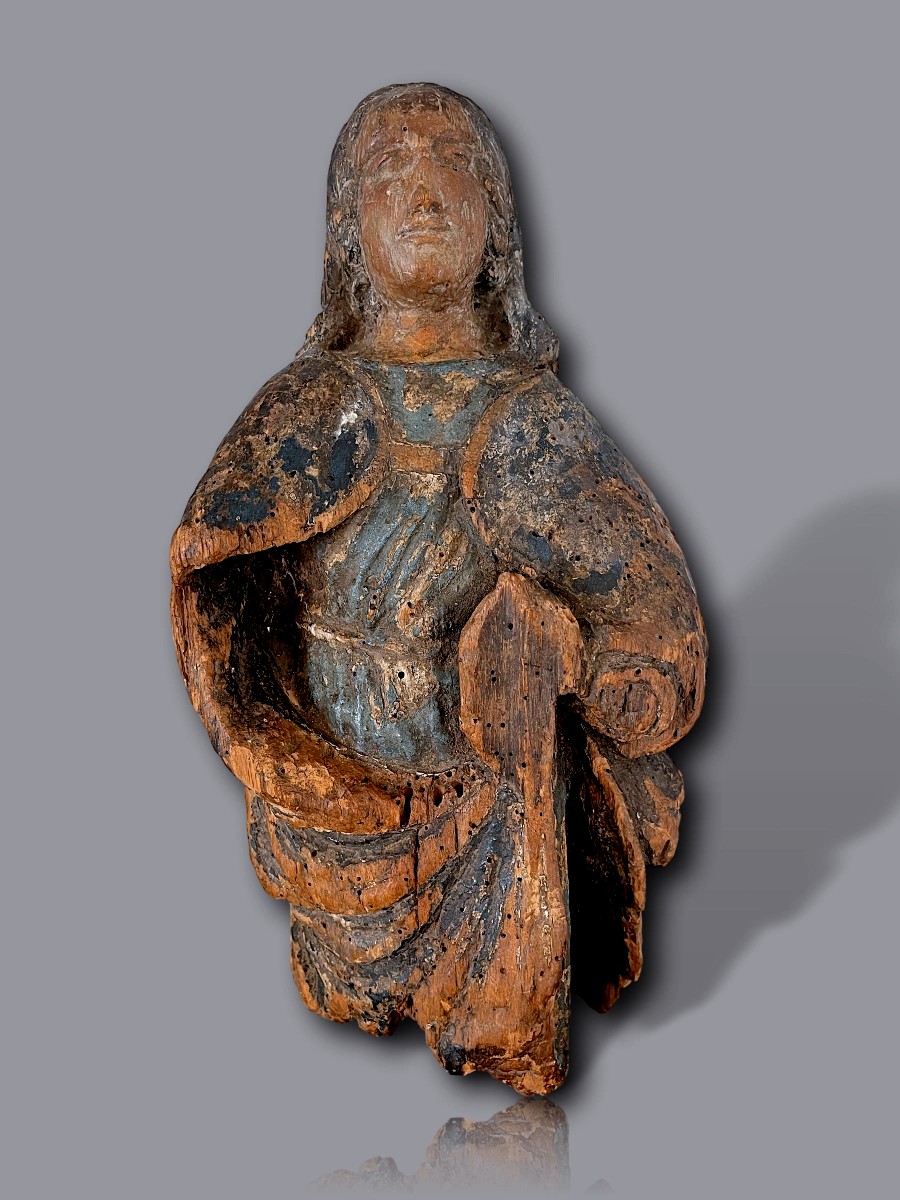




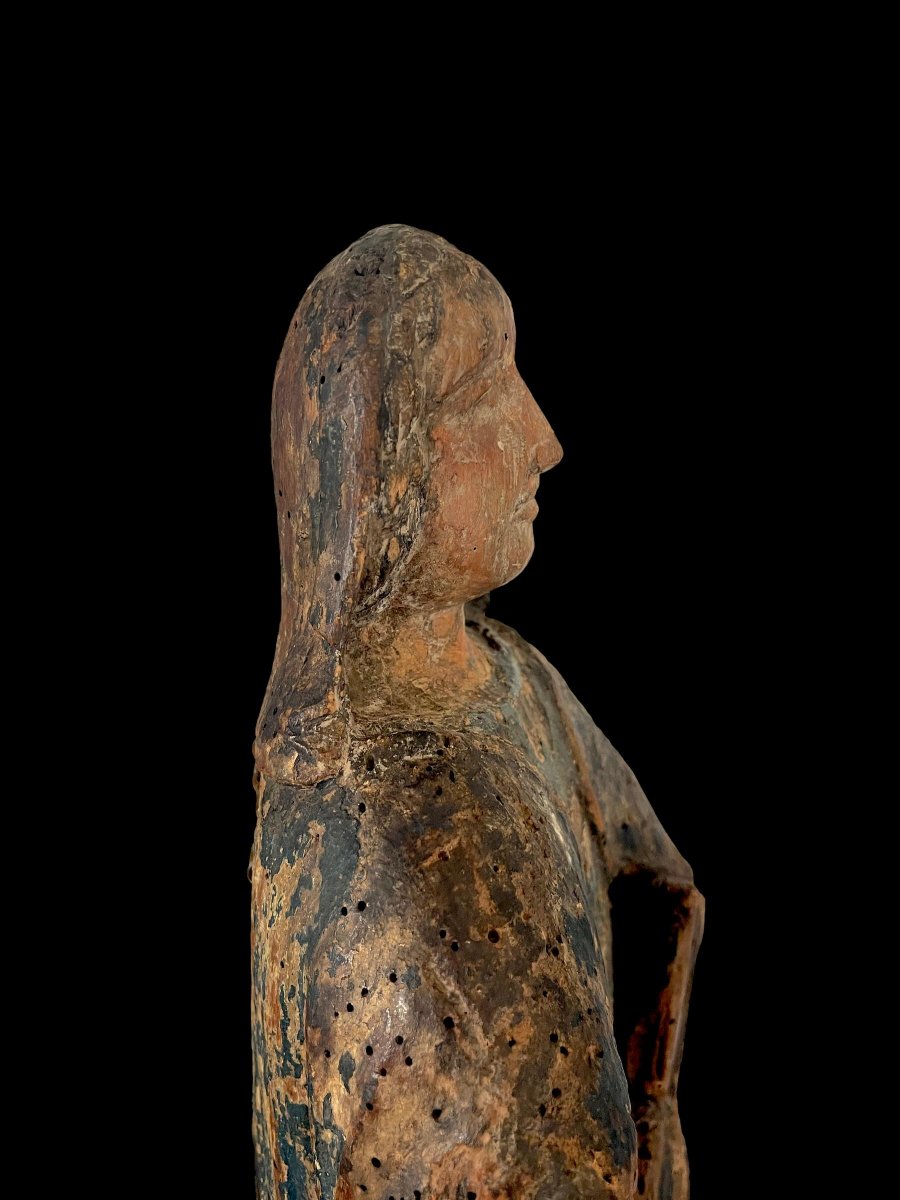
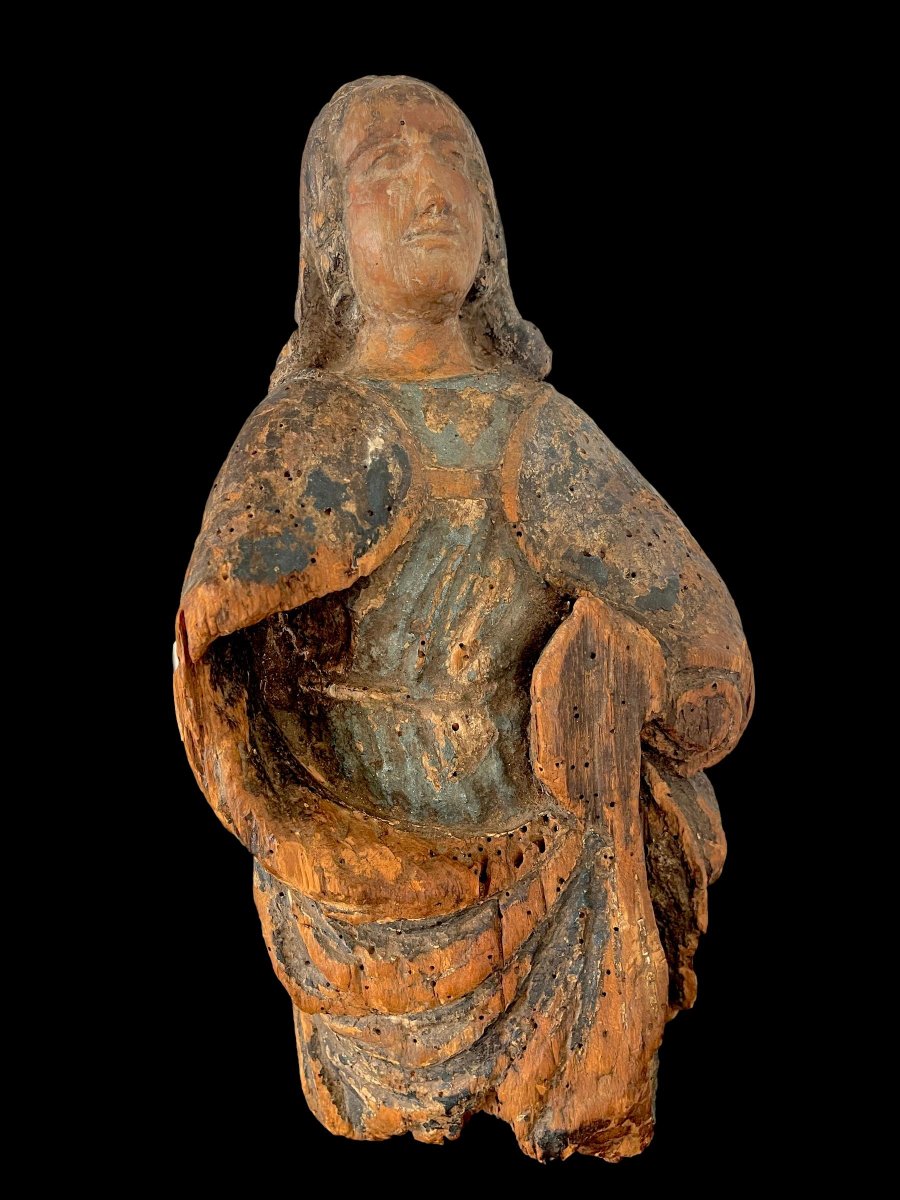
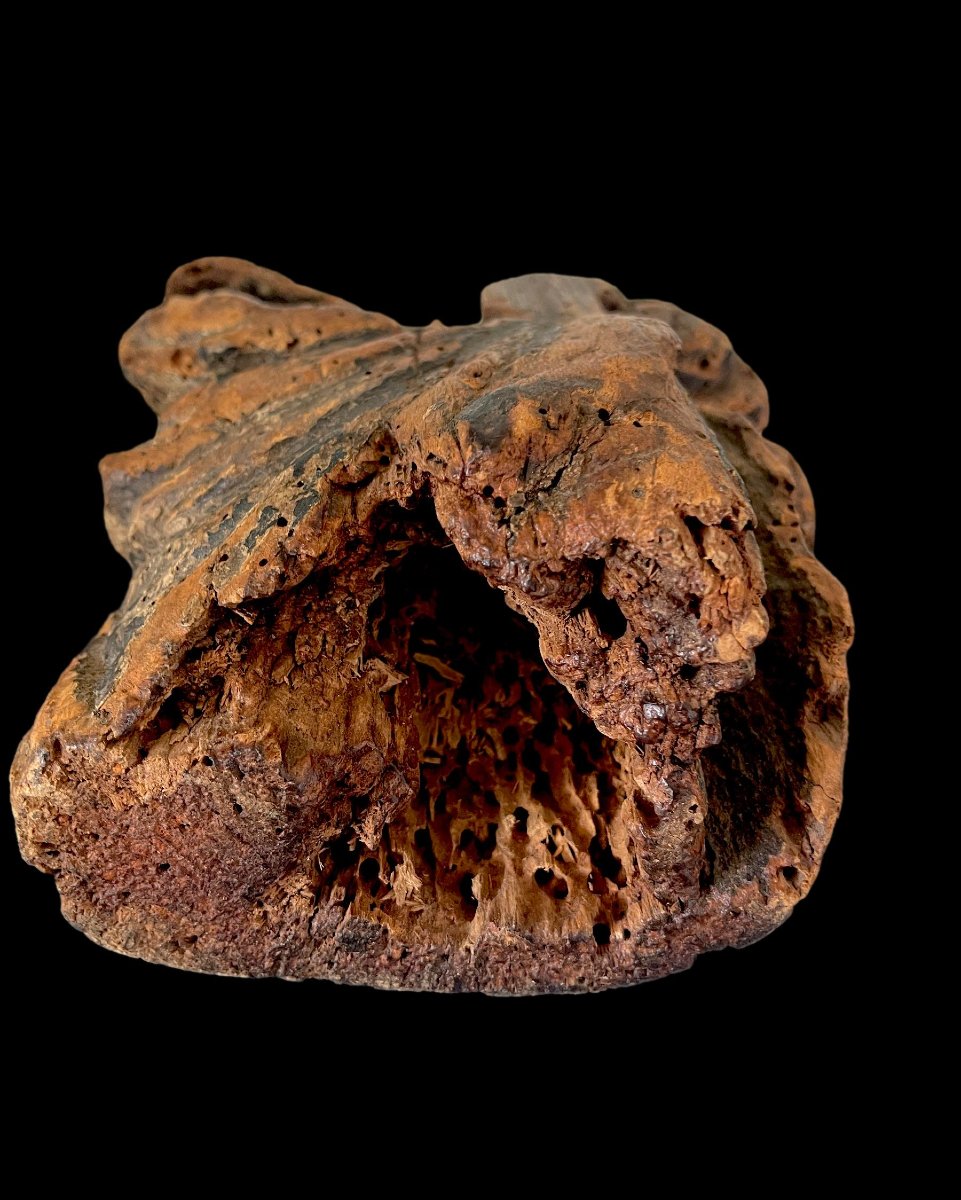












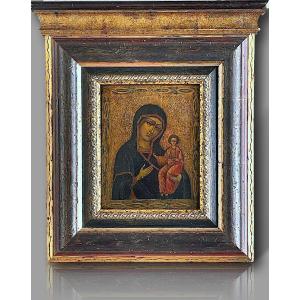
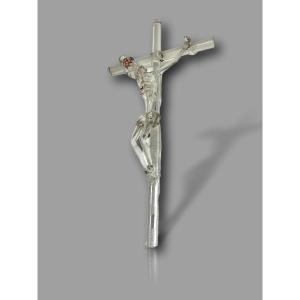


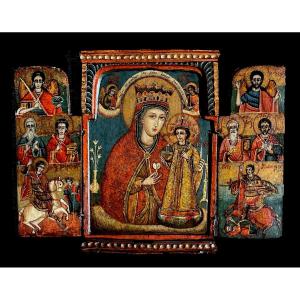
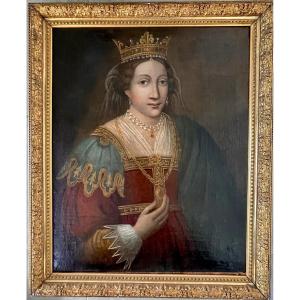

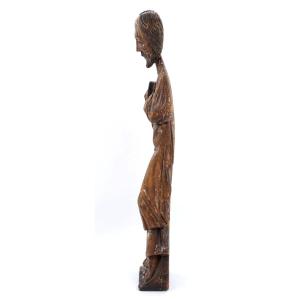

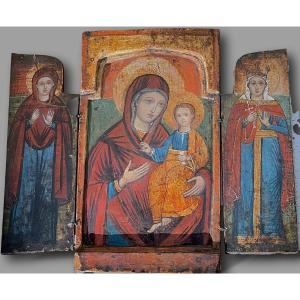

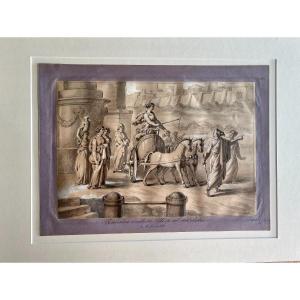

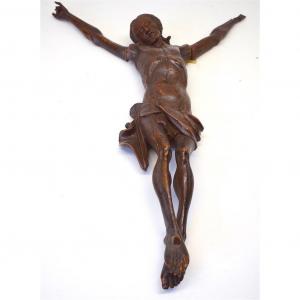


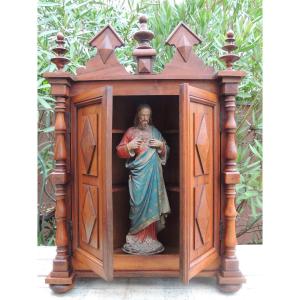



 Le Magazine de PROANTIC
Le Magazine de PROANTIC TRÉSORS Magazine
TRÉSORS Magazine Rivista Artiquariato
Rivista Artiquariato